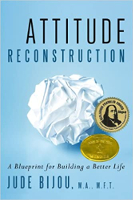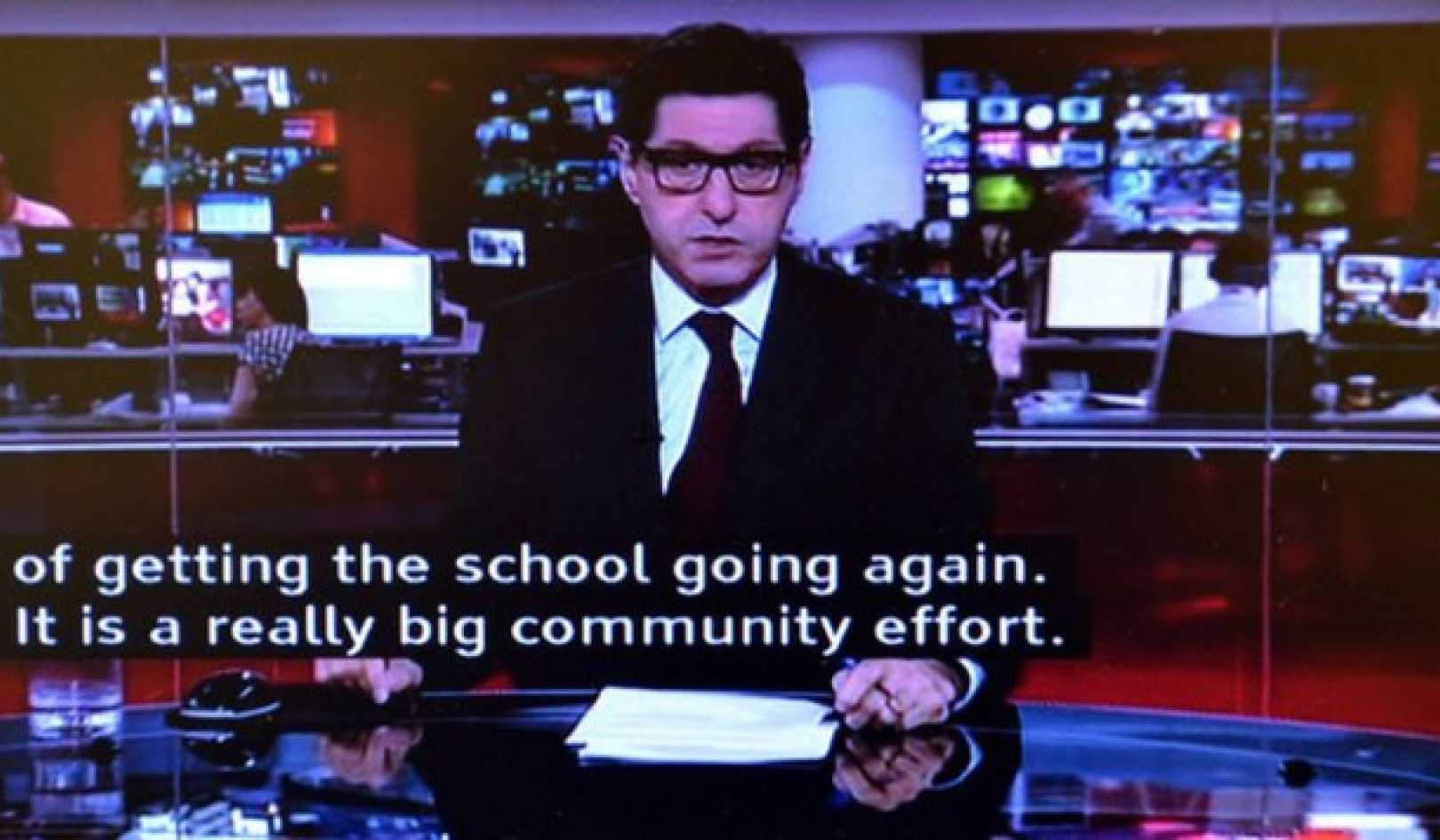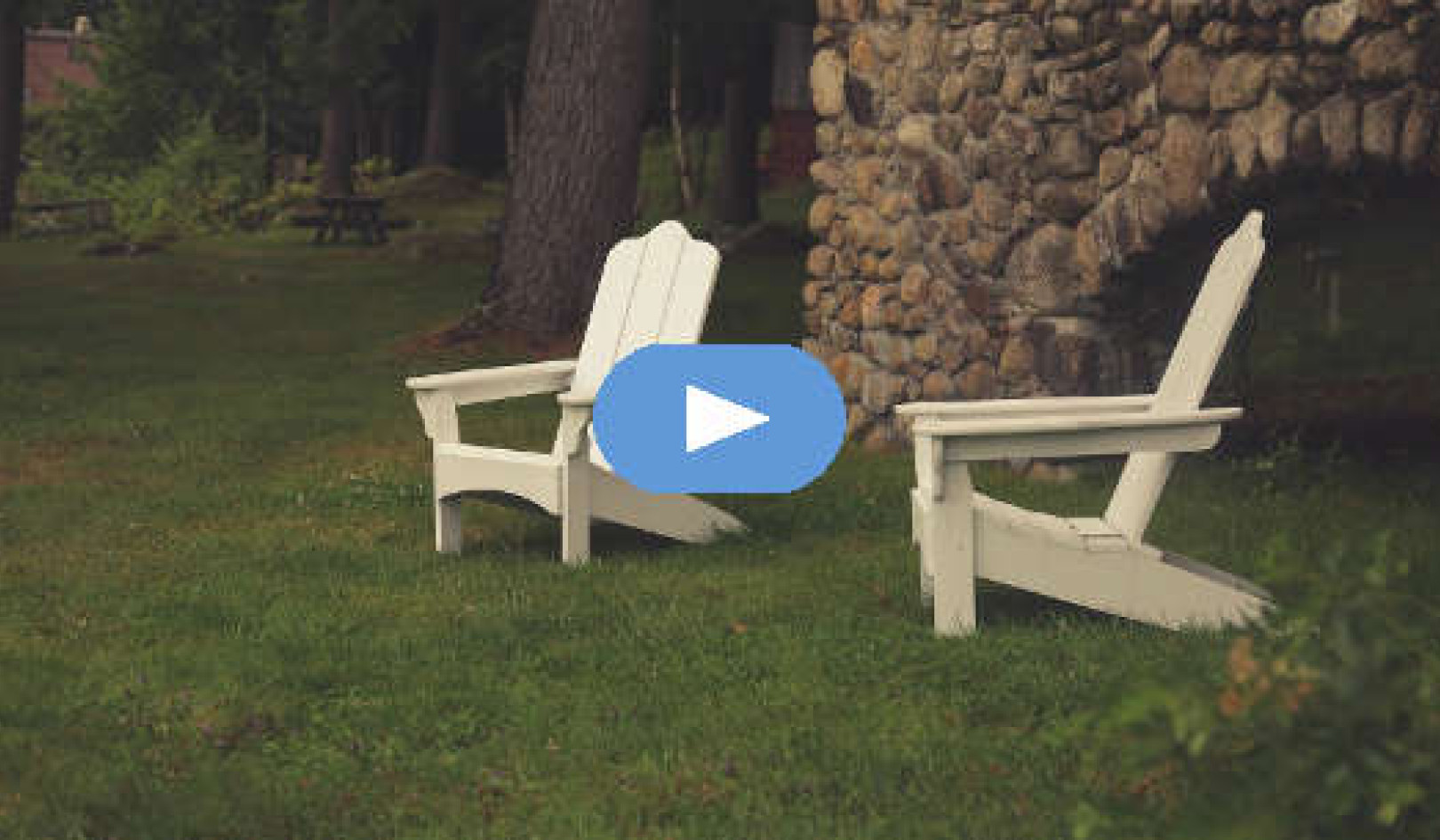
Image by Gerd Altmann
"Did you ever have to make up your mind?
Pick up on one and leave the other one behind.
It's not always easy, and not often kind.
Did you ever have to make up your mind?"
~ Did You Ever Have To Make Up Your Mind (Lovin' Spoonful)
Life is a series of endless big and small decisions. What to wear, whether to look for another job, what relationship needs to be let go of, or whether to go to a party. And sometimes, the options aren't so black and white. Not only does that make life a little messy, confusion can also bring angst, paralysis, indecision, and turn your world on its side.
Confusion and indecision are states that indicate that you have unexpressed fear that is clouding your clear thinking. You can feel like a deer in the headlights. Maybe it's a temporary condition when you don't know what to do in a given situation. Or maybe it's your constant companion, leaving you in a perpetual state of inner chaos and either inaction or impulsive choices.
Regardless, help is on the way. First and foremost, you need to befriend your fear and move that energy out of your body so it's replaced by the emotion of peace. Remember that fear manifests in your body as agitation. It is reflected in your thinking as feeling frozen or by endless mental loups of trying to figure it out and not getting any closer to a satisfying solution. To release that fear energy circulating throughout your body, get up and shake, shiver, quiver, and tremble. Imagine you are trapped in a deep-freeze locker, or imagine you're a dog at the vets and unabashedly cowering behind a chair.
There are no words with emotions, so while shivering don't tell yourself, "I'll never figure it out." or "This is stupid and won't help." Just abandon yourself, move the energy, and let the tightness and anxiety go out your limbs. Do it hard and with abandon, up the spine, out your arms and legs and in your neck. It feels so good to let go, rather than trying to hold it all in. (Keep your eyes open so you don't lose your balance.)
At some point, you will feel some semblance of peace has returned, and that will be sooner than you expect, usually less than five minutes. You will feel lighter and probably start laughing or at least smiling. Often times, shivering is enough to bring clarity, but if you still are confused, you can usher yourself through a simple decision-making process.
The Simple Steps to Cure Confusion and Indecision
Instead of getting lost in the “what if's,” maybe's, or could be's, the following steps will shine a light to reveal the clear answers you seek.
-
Remind yourself that the answer is within you. Consult your intuition. Ask yourself “What would I decide if I wasn’t afraid?” or “What do I know in my heart of hearts about this topic?” "What's true for me?" The answer must be free of “shoulds” and musings about what others might think or how they might react. Remember, the mind is fickle and changes with the weather and other people's opinions. Your heart or intuition remains constant.
-
If an answer doesn’t seem evident, just pause. Find a quiet place. Do an activity to calm yourself, whether it's meditation, focusing on your breath or listening to soft music. Then ask yourself “What is true for me about this specific topic?” Or "What's my goal?" "What would I do if I wasn't afraid?" If you hear an answer, then go with that. If all you hear is static and endless chatter, try the next point.
-
Handle any sadness, anger, or fear you're feeling related to the decision, physically and constructively. Find a safe place and cry (sadness), stomp (anger), or shake like a leaf on a tree (fear). Expressing the emotional energy naturally will disperse the fog and reveal what is true for you.
-
If no clear answer surfaces, gather information from outside sources.
-
After you've gathered input, calm yourself again, then ask yourself the same question. If you still don’t have a firm answer, maybe it's just not time to make a decision, so put it on the shelf and ask yourself a bit later. Keep lightly inquiring and your answer will emerge.
-
When you find an answer that resonates within, not in your head, but that feels right in your body when you say it out loud, hold on to what you know. If confusion creeps back in, remember what you knew when you were clear. Doubts indicate you've got more unexpressed fear to shiver out, so when they come in, just hold steadfast to what you know within.
Continually remind yourself of what you know to be true, then gulp and leap. Obey your inner knowing and speak up and take the action you know is correct. Just do it--- emoting, remembering, and praising yourself as you go!
An Example of Working with Indecision
Let me share an example with a client I saw last week. Sarah came into her session on overload. She was really freaked out. Outwardly she was performing her job and going through the motions in her personal life, but inwardly she was close to the edge. Those darn things shouldn’t be happening; she shouldn’t feel so many emotions, the pain, the loss of control. Her indecision was so strong, so intense that she had started to eat like crazy, something she hadn’t done in months and months. The pile of pizza boxes was an indisputable sign that things had started getting out of control and she was wise enough to send me a SOS.
Sarah had finally given notice at her stressful job. She was excited to travel the United States with her boyfriend for the winter. But now things were developing, and she wasn’t so sure she wanted to be so isolated in a car far away with her rollercoaster guy. And the boss (who hadn’t found a replacement half as competent as she was) now was asking her to reconsider, having finally made some of the changes she’d been suggesting for so long. When she tried to listen within, she just found herself in her head, trying to figure out the pros and cons.
Sarah needed to honor her emotions before she could think clearly and decide what she wanted to do. She was feeling anger because things had finally been settled and had felt so right. But Sarah was also feeling fear. She was afraid she would make the wrong decision. Afraid she couldn’t decide.
After describing her dilemma, Sarah stood up and shivered for a good minute, all throughout her body. Then she pounded on a pile of old telephone books with a flexible plastic hose with abandon. When she was exhausted, Sarah sat back down on the couch and talked for a couple of minutes. Then she got up and shivered again, followed by more pounding, using both arms and few words. Sarah repeated this routine two more times, and then ended her emoting phase with a last dose of shivering.
As her body was recuperating from all the energy she had expended, Sarah spontaneously said the following, which I wrote down: I’ll figure this out in its time. It will all be okay. It’s not the end of the world.
Pretty cool shift. She was smiling and calm. Sarah was then able to think more clearly about what to do and make an action plan. Her plan was to put the decision temporarily on the shelf and enjoy the weekend. She was confident that she could and would make the right choice if she continued to talk with her boss, her boyfriend, and her heart until she indisputably knew what she truly wanted to do.
Continually remind yourself of what is true, then gulp and leap. This is the most important second element. Obey your inner knowing and speak up and take the action you know is correct. Just do it--- emoting, remembering, and praising yourself as you go!
©2022 by Jude Bijou, M.A., M.F.T.
All Rights Reserved.
Book by this Author:
Attitude Reconstruction
Attitude Reconstruction: A Blueprint for Building a Better Life
by Jude Bijou, M.A., M.F.T.
 With practical tools and real-life examples, this book can help you stop settling for sadness, anger, and fear, and infuse your life with joy, love, and peace. Jude Bijou's comprehensive blueprint will teach you to: ? cope with family members' unsolicited advice, cure indecision with your intuition, deal with fear by expressing it physically, create closeness by truly talking and listening, improve your social life, increase staff morale in just five minutes a day, handle sarcasm by visualizing it flying by, carve out more time for yourself by clarifying your priorities, ask for a raise and get it, stop fighting via two easy steps, cure kids' tantrums constructively. You can integrate Attitude Reconstruction into your daily routine, regardless of your spiritual path, cultural background, age, or education.
With practical tools and real-life examples, this book can help you stop settling for sadness, anger, and fear, and infuse your life with joy, love, and peace. Jude Bijou's comprehensive blueprint will teach you to: ? cope with family members' unsolicited advice, cure indecision with your intuition, deal with fear by expressing it physically, create closeness by truly talking and listening, improve your social life, increase staff morale in just five minutes a day, handle sarcasm by visualizing it flying by, carve out more time for yourself by clarifying your priorities, ask for a raise and get it, stop fighting via two easy steps, cure kids' tantrums constructively. You can integrate Attitude Reconstruction into your daily routine, regardless of your spiritual path, cultural background, age, or education.
For more info and/or to order this book, click here. Also available as a Kindle edition.
About the Author

Jude Bijou is a licensed marriage and family therapist (MFT), an educator in Santa Barbara, California and the author of Attitude Reconstruction: A Blueprint for Building a Better Life.
In 1982, Jude launched a private psychotherapy practice and started working with individuals, couples, and groups. She also began teaching communication courses through Santa Barbara City College Adult Education.
Visit her website at AttitudeReconstruction.com/




























